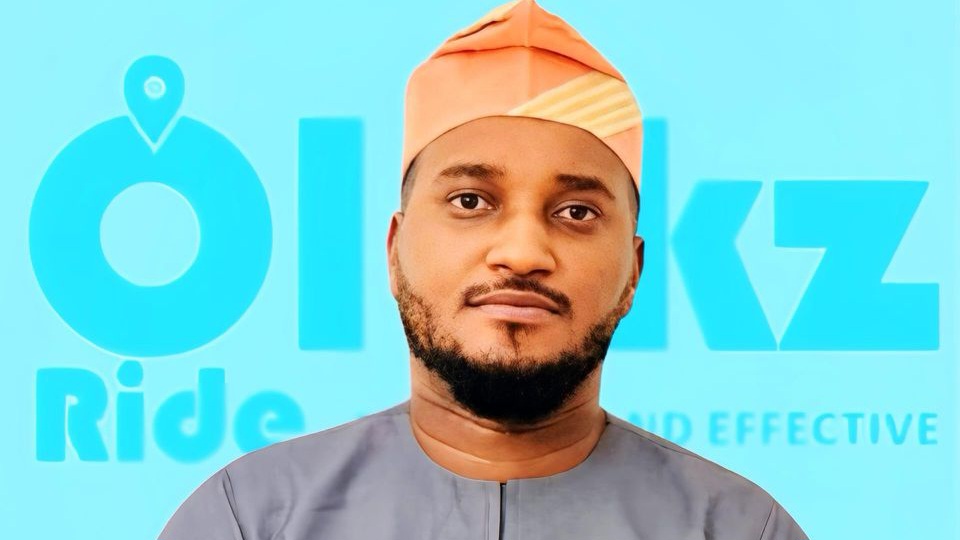 As the world transitions towards a sustainable energy future, individual households play a crucial role in reducing our reliance on fossil fuels and mitigating climate change. Renewable energy technologies like solar panels, geothermal systems, and small wind turbines offer homeowners a path towards energy independence, reduced carbon footprint, and potentially lower energy costs. However, financing these projects poses significant challenges, and regulatory hurdles further complicate the process.
As the world transitions towards a sustainable energy future, individual households play a crucial role in reducing our reliance on fossil fuels and mitigating climate change. Renewable energy technologies like solar panels, geothermal systems, and small wind turbines offer homeowners a path towards energy independence, reduced carbon footprint, and potentially lower energy costs. However, financing these projects poses significant challenges, and regulatory hurdles further complicate the process.
This article examines how households finance renewable energy projects. It starts by discussing the problems homeowners face in getting traditional funding like loans or grants, and looks at how credit scores and financial history affect this. Additionally, it looks at the red tape and costs involved in getting the necessary licenses and approvals for installing these systems. Dealing with local building codes and zoning rules can also make the process harder, discouraging potential users.
Recognizing the limitations of traditional financing and regulatory frameworks, the essay explores alternative financing models that hold promise for increased accessibility. Innovative approaches like community solar programs, power purchase agreements (PPAs), leasing arrangements, and crowdfunding platforms aim to lower the financial barriers to entry and democratize access to renewable energy technologies.
The global landscape for household renewable energy investment paints a picture of encouraging growth. According to the International Renewable Energy Agency (IRENA), annual investments in renewable energy capacity for mini-grids and off-grid applications (a significant portion of household projects) reached a record high of USD 1.3 trillion in 2022. This growth trajectory is fueled by a confluence of factors, including falling technology costs, increasing government support, and a growing consumer interest in sustainability.
For developing nations like Nigeria where there is a huge need for alternative energy source given the low supply of electricity, in 2024, the expense of installing solar panels in Nigeria varies based on the quantity required. Prices typically range from ₦100,000 to ₦350,000. For comprehensive installation services including material procurement, costs could escalate into the millions of naira. Also, according to the American Wind Energy Association (AWEA), small wind turbines cost between $3,000 to $5,000 for every kilowatt of power capacity. Geothermal heat pumps, while offering significant efficiency benefits, come with a hefty price tag, with system costs (including installation), on average, a homeowner can expect to invest about $12,000 to $30,000 as geothermal heating and cooling cost. These costs are prohibitively expensive for many households, particularly in developing countries where access to electricity is already limited.
Public opinion surveys reveal a significant disconnect between interest and adoption. While 8% of US homeowners have already installed solar panels, 39% are seriously considering it. However, financial costs and regulatory hurdles act as significant barriers to widespread adoption. In Africa, the story is different. Despite possessing 40% of the world’s solar power potential, the continent accounts for only 1.48% of global solar energy generation capacity. Sub-Saharan Africa grapples with severe electricity challenges, hosting over two-thirds of the global population without access to electricity.
The World Bank emphasizes universal access to affordable, reliable, and sustainable energy as a core tenet for poverty reduction and economic development. Aligning with this objective, UN Sustainable Development Goal 7 calls for ensuring universal access to clean energy by 2030. However, the actualization of these objectives is hindered by financial and regulatory barriers. Homeowners face difficulties accessing financing options, navigating complex governmental processes, and bearing associated costs. Lack of awareness and education regarding available financing mechanisms and government incentives also presents a significant impediment.
It’s worthy to note that the International Energy Agency (IEA) forecasts a 2.5-fold increase in global renewable energy capacity by 2030, falling short of the agreed goal to triple it, set during the COP28 U.N. climate conference in Dubai last December. While governments committed to this ambitious target and transitioning away from fossil fuels, no concrete financing mechanisms were established, particularly to aid developing nations. Without adequate support, African and low-income countries in Asia and Latin America may struggle to meet their clean energy objectives, posing a significant obstacle to achieving the 2030 target. Fatih Birol, IEA’s executive director, highlights this as a critical gap in reaching global climate goals. “In the absence of any help for African and low-income countries in Asia and Latin America, they will not be able to reach their clean energy targets. That will be a fault line in reaching the 2030 goal”, he stated.
In response, innovative financing models have emerged as promising avenues to democratize access to renewable energy solutions. Community solar programs, power purchase agreements, leasing arrangements, and crowdfunding platforms mitigate the financial burden on individual households. Community solar programs, for instance, enable multiple individuals or organizations to share the costs and benefits of a single solar array. Power purchase agreements allow homeowners to purchase electricity generated by renewable energy systems at a fixed rate, providing a predictable and stable source of energy. Leasing arrangements enable homeowners to rent renewable energy systems, eliminating upfront costs. Crowdfunding platforms facilitate collective investment in renewable energy projects, enabling individuals to contribute to a shared goal.
Government support in the form of subsidies, tax incentives, and regulatory reforms is instrumental in alleviating financial barriers and stimulating investment. Policy interventions and advocacy initiatives are essential in fostering renewable energy deployment at the household level. Governments can offer tax credits, rebates, or grants to offset the initial investment costs of renewable energy systems. Streamlining regulatory processes and reducing bureaucratic hurdles can also facilitate the adoption of renewable energy technologies. Most importantly in pushing for policies that will boost this drive, we must beat it in mind that the efficacy of policy interventions and advocacy initiatives in fostering renewable energy deployment at the household level cannot be overstated.
Governmental support in the form of subsidies, tax incentives, and regulatory reforms is instrumental in alleviating financial barriers and stimulating investment. A comprehensive analysis by the World Bank reiterates the essential role of policy frameworks in accelerating renewable energy adoption, with a projected 15% increase in household installations following policy reforms.
Imperatively, the path to widespread household adoption of renewable energy is riddled with difficulties. However, innovative finance approaches, increased government backing, and growing awareness of the need for renewable energy adoption offer hope. Collective efforts from policymakers, financial institutions, and advocacy groups are indispensable in paving the way forward. By addressing financial, regulatory, and educational barriers, we can unlock the transformative power of renewable energy, empowering households to embrace a sustainable future and advancing global efforts towards energy security and climate resilience.










